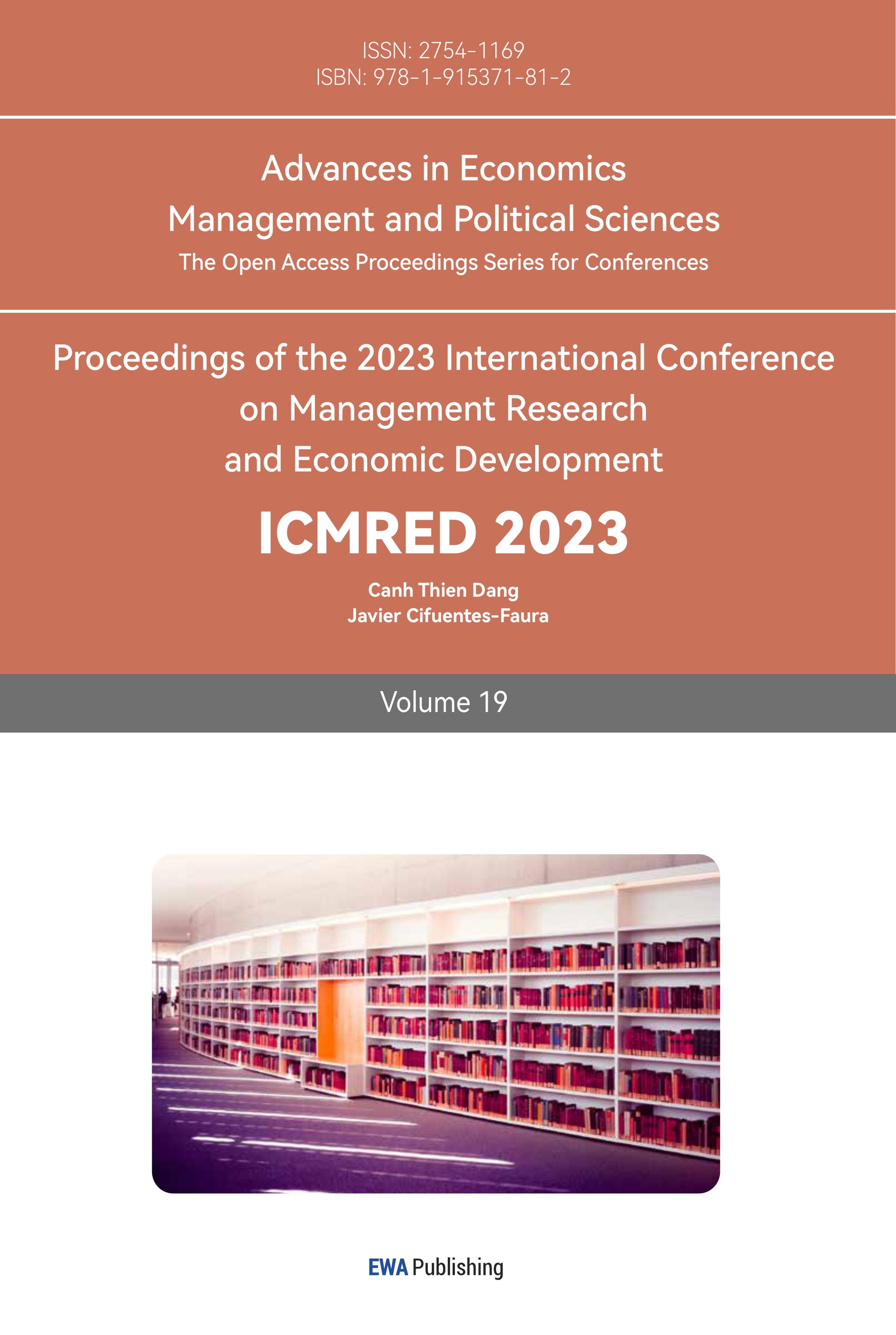1. Introduction
In an open environment where business activities are increasingly influencing socio-economic progress, global managerial economics tends to evolve under severe and continuous competitive strain. [1]. At the same time, local public power is less able to intervene in management policies and is subject to political, social, and technological instability. Among them, energy is crucial to any country's sustainable development, whether social, economic, or environmental. Global energy consumption has grown exponentially over the past decade [2]. Energy management is essential to both environmental security and future economic growth. Energy affects many different aspects of life, including industrial productivity, agricultural output, health, water access, population, education, and quality of life. To properly allocate available resources, energy demand needs to be managed. In the last decade, several new techniques have been applied to energy demand management to predict future energy demand accurately. This article will analyze energy demand and the linkages between forecasting and looking at companies in global markets.
2. Demand Analysis
Fossil fuels such as oil, coal, and natural gas, nuclear energy, and hydropower are the main energy sources for life and production in today's society [3]. Over great distances, energy is transmitted and distributed to customers. In comparison to cogeneration methods, which produce electrical or mechanical power while recovering waste heat for use in the process, traditional centralized power systems are typically less efficient. CHP systems may produce electricity with an efficiency of over 90% while dramatically lowering emissions of greenhouse gases and other pollutants. The quantity of power needed, duty cycle, space restrictions, the need for thermal energy, emission standards, the availability of fuel, utility costs, and connectivity concerns are just a few of the variables that must be taken into consideration when selecting a CHP technology for a certain application [4].
Figure 1 illustrates the various contributing elements that affect the energy consumption in a power plant's distribution area [2]. Seasonal information, climatic factors, and economic boundary conditions all affect energy consumption. The outside temperature as well as other meteorological variables like wind speed, radiation from the sun, and humidity have a significant impact on the heat demand of district heating systems. On the other hand, seasonal variations have an impact on energy use. The demand for heat and electricity is typically higher throughout the week than on the weekends. Holidays and vacations can have a big impact on how much energy is used. Last but not least, the operational conditions and customer conduct of energy-hungry firms have an impact on the demand for heat and electricity in the distribution area. In addition, electricity and heat demand follow a daily cycle, being low during nighttime hours and peaking at different times during the day.
3. Energy Demand Forecast
As mentioned in the previous section, the forecasts in this paper are mainly based on historical data and on the factors affecting energy demand. The paper will focus on two prediction methods, which are reference method and time series analysis.
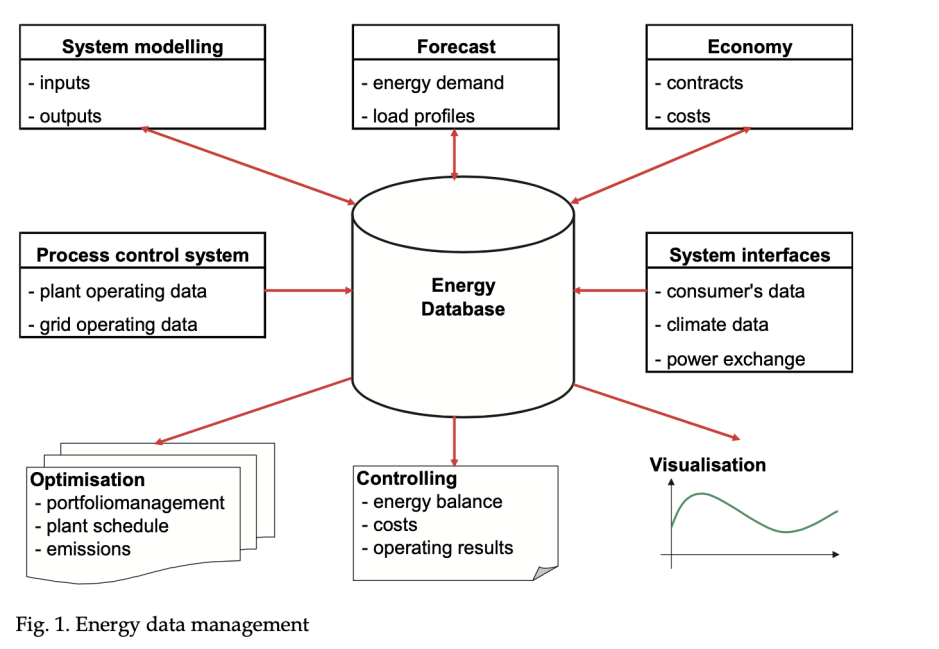
Figure 1: Energy data management.
The straightforward method's fundamental tenet is to identify instances in an energy database of historical data that are comparable to those that require prediction [5]. The resemblance between situations is measured using a set of explanatory factors that have been identified. In order to compute the heat or electricity demand for a Monday with a forecasted average temperature of +5°C, the algorithm simply searches the database for other Mondays with average temperatures that are close to +5°C. As a result, the forecast is made using the day's past consumption data. Surprisingly, the approach is still often employed for estimating energy demand, especially for regional energy suppliers. The advantage of this approach is that it is easy to implement. However, the disadvantages are many. Although putting this strategy into practice sounds straightforward, as the number of requirements rises, it becomes more challenging. If hourly temperatures are used instead of daily mean temperatures, for instance, the similarity measure is no longer as clear. The likelihood of not finding data sets that meet all the criteria grows with the number of explanatory variables. Fischer (M) (M) The reference technique is typically combined with other adaptation criteria that are based on past energy usage patterns. A regression model that depicts the time-dependent influence of energy consumption owing to climatic conditions and production factors at industrial businesses also supports the reference technique. Generally speaking, seasonal information, climatic factors, and economic boundary conditions all affect energy consumption. A district heating system's heat demand is mostly controlled by the outside temperature, but it also depends on other climatic variables like wind speed, global radiation, and humidity. On the other hand, seasonal variations have an impact on energy use. According to a preliminary investigation, the climate component that has the greatest impact on heat demand is the external temperature. A important influencing factor that describes the heat storage effect of buildings and heating systems is the temperature difference between two successive days.
4. Time Series Analysis
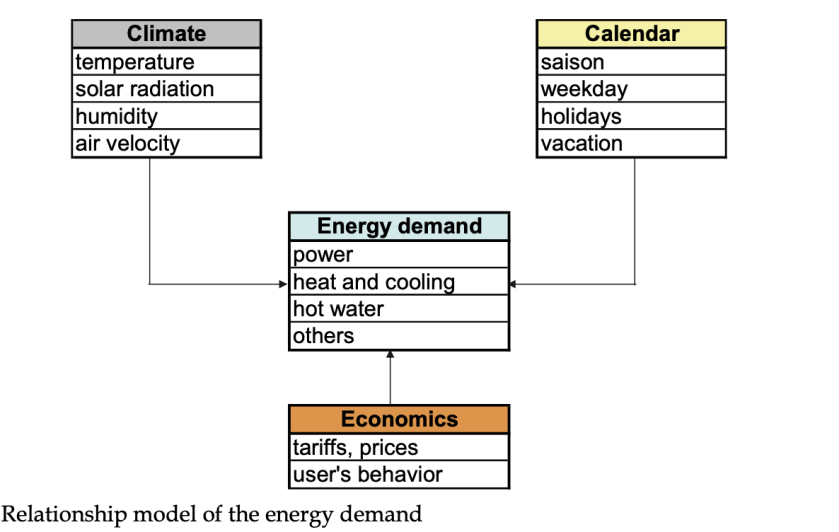
Figure 2: the relationship model of the energy demand.
This technique falls under the group of non-causal demand forecasting models, which do not provide an explanation for how the projected variable’s values are produced[6]. The variable to be predicted in this scenario is represented only as a function of time, with no additional factors taken into account. The data that are currently available are found to be best described by this function of time, and it is demonstrated that this function is most useful for producing short-term estimations. Energy demand is usually described as a time-dependent output, and this is called a time series y(t): [6]
Long-term trend variation (T)
Cyclical variation (C)
Seasonal variation (S)
Irregular variation (R)
The shift in trend T denotes the time series' progressive shift, which is typically brought on by long-term elements like population growth, technological advancements, and economic changes. The economy's multiyear cyclical motions are represented by the cyclical component S. In most cases, the seasonal weather or recurring seasonal occurrences are what cause the periodic or seasonal variance in the time series. If the trend, cyclical, and seasonal components are subtracted from the time series, the residual is contained in the irregular component. The mixed time series model can be created by combining the following terms: [6]
Additive model:
\( y(t)=T(t)+S(t)+C(t)+R(t) \) (2)
Hybrid model:
\( y(t)=T(t)*S(t)+R(t) \) (3)
The modeling strategy mainly requires data for previously modeled variables. The autoregressive method provides an alternative to univariate time series analysis.
Actual output is defined by autoregressive models (AR) as a linear combination of prior time series (yt-1, yt-2..., yt-p) and an actual effect at:
\( yt=1yt-1+2yt-2+...+p yt-p+at \) (4)
Measurements should be used to estimate the autoregressive coefficients.
Moving average models (MA) and AR- models can be merged to create ARMA models, which Box and Jenkins initially looked into. [5].
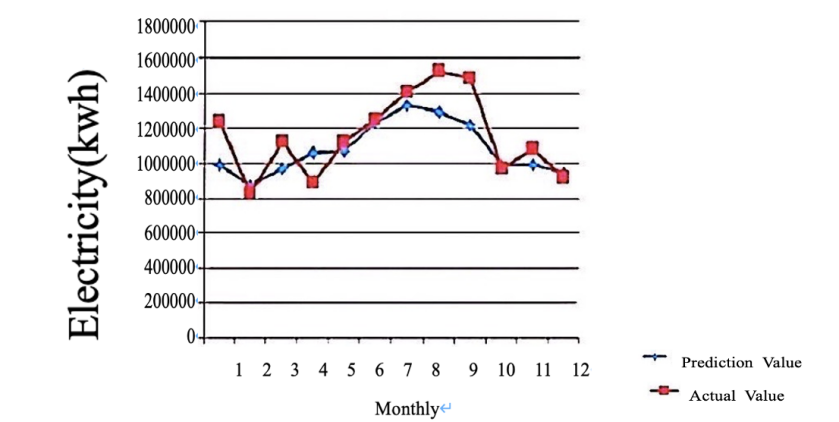
Figure 3: Prediction vs. actual value of electricity consumption of office building A.
The anticipated outcomes are displayed in Figure 3.
Figure 3 demonstrates that, in general, the projected values correspond to the actual values.
Error in annual electricity consumption is -6.326 percent. [7].
Prediction of Building Gas Consumption
With the exception of the second phase of model establishment, the same methodology used to create the electricity consumption prediction model is used to create the gas consumption prediction model.
The results of the stationary tests indicate that the Gas TCt Sequence is stable.
As a result, the time series model is created for direct prediction [7].
The negative figures ought to be changed to 0 by comparing the three years' worth of gas usage statistics.
Figure 4 displays the updated gas consumption projection numbers for Office Building A.
Figure 4 demonstrates that there is good agreement between the forecast and actual readings, and the yearly gas consumption error is -1.753%.
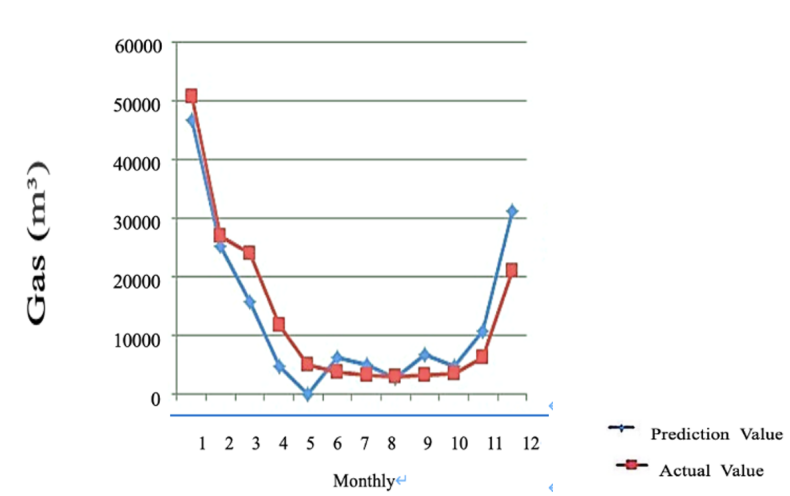
Figure 4: Prediction vs. actual value of gas consumption of office building A.
In general, this study analyzes and forecasts the energy consumption of commercial buildings using the time series approach, and it proposes the modeling method of building energy consumption prediction based on historical data and physical principles. The time series method's formula and fundamental idea are also updated and clarified. The simplicity of the time series method allows us to predict and visualize future numbers using the parameters created in the past. Assume that past variables will continue to behave in the same way in the future. The fundamental flaw in this strategy, though, is that it doesn't take into account potential cross-variable interactions. Climate and other contributing elements are also disregarded. A reliable and efficient technique for predicting building energy usage is time series analysis. The energy consumptions of the current period are compared to the prior period with certain specific random variations due to the inertia of the building system.
5. Conclusion
This paper mainly focuses on the global energy demand, different energy demand, and the future global energy forecast. As a result, it can be concluded that we can summarize and forecast the current energy supply demand. Although global energy demand has more than doubled since 1970, the growth rate of primary energy sources will now decline. Through the method of time series analysis, we can know that in the future, people's demand for energy will double with population growth and other factors. Firstly, this study provides a comprehensive analysis and explanation of global energy demand. Subsequently, this study forecasts the development of energy demand through energy data management and time series analysis. Furthermore, this study employs the time series analysis method to further the data analysis and application to a practical application. The limitation of this study is that both the reference method and the time series analysis method predict the global energy through the development of time in an ideal state, but the factors in real life tend to become complicated. Predictions are often changed by real factors, like the occurrence of uncertainties like disease or war. According to the current status of energy consumption and storage, in the future, human beings need to pay attention to the development and use of clean and sustainable energy, and reduce the use of fossil fuels.



